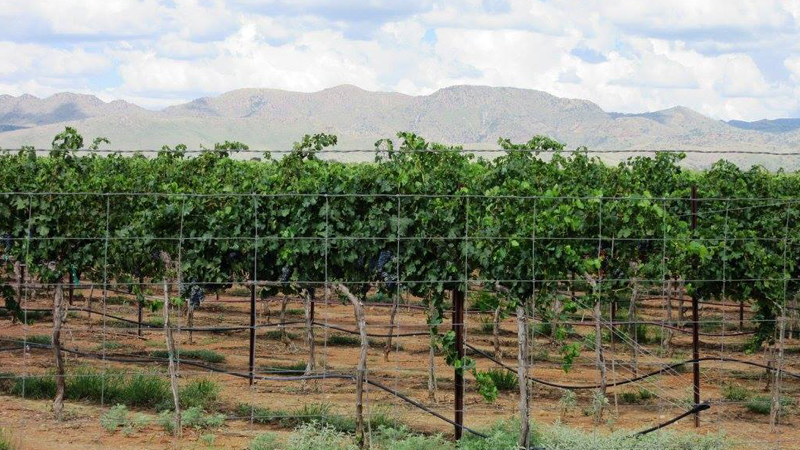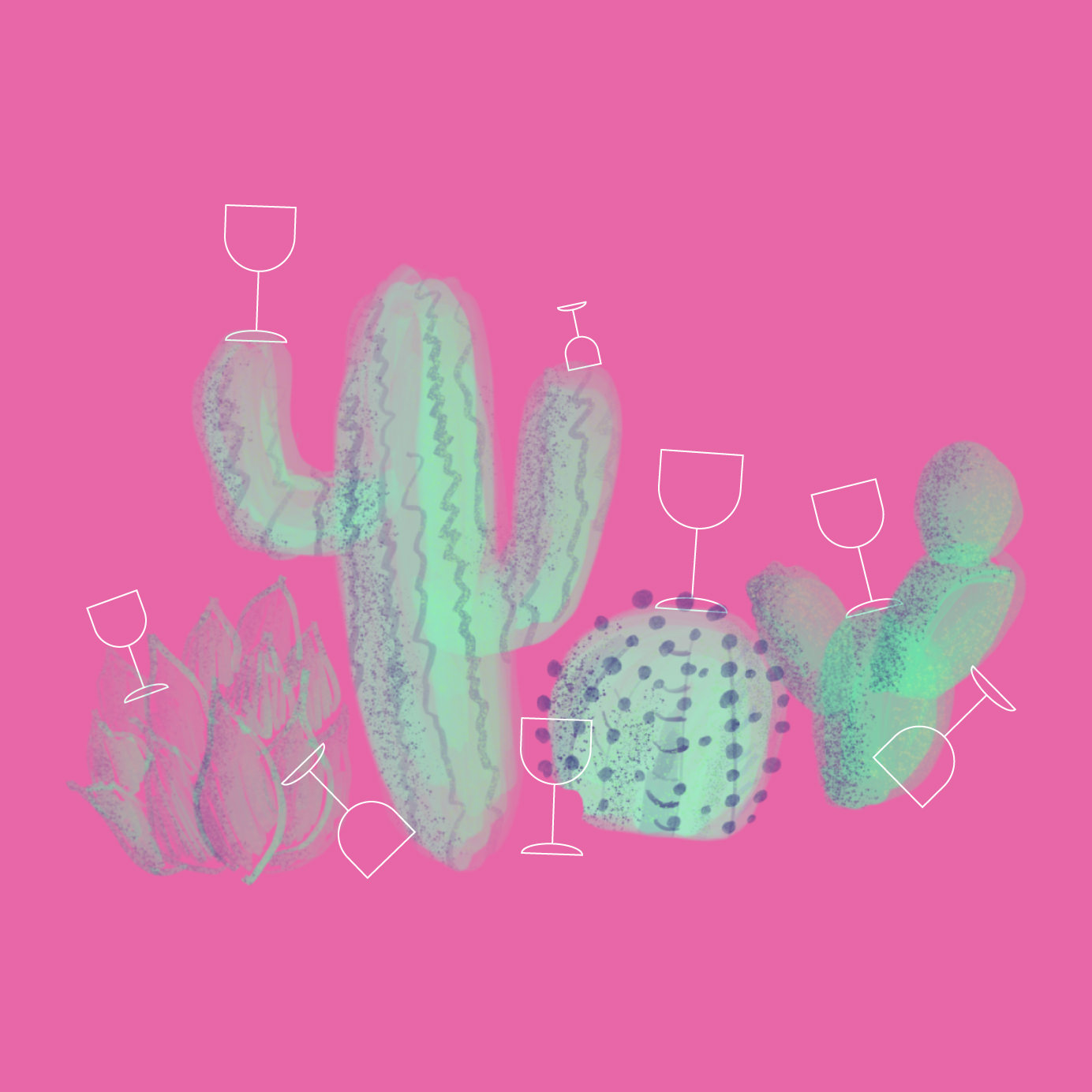“Grapes have never been grown before where we are,” Curt Dunham, winemaker at LDV Winery, a 40-acre estate in Arizona’s Chiricahua Mountains, says. “So we really didn’t know how things were going to turn out.”
Dunham is one of many new winemakers trying their hands at winemaking in dry, sunny Arizona. The burgeoning wine industry starts in the southeastern part of the state, where winemakers liken the terroir to France’s Rhône Valley, and is bringing a flush of tasting rooms to Scottsdale, a city better known for golf and luxury resorts.
LDV is opening a new tasting room in Scottsdale’s Old Town this fall, and wineries such as Carlson Creek and Aridus also pour their wares in the city. In 2016, Scottsdale debuted its own wine trail of tasting rooms within walking distance of downtown. It connects four state wineries: Carlson Creek, Aridus Wine Company, Salvatore Vineyards, and LDV.
Don't Miss A Drop
Get the latest in beer, wine, and cocktail culture sent straight to your inbox.Winemaking is on the rise across the United States, with wineries in every state in the union. It goes without saying that some American wine is excellent, but other homegrown plots are more about novelty — why, these grapes grew 20 minutes from my house! — than quality.
Arizona winemakers aim to boost their offerings from local curiosity to national player, and are experimenting with the elevated microclimate near the Chiricahua Mountains.
“We thought we had very favorable factors with the soil, climate, and water — but you are never sure until the grapes get in the ground,” Dunham says.
His gamble paid off. The vineyard just celebrated the 10th anniversary of its first vines, and demand is steadily climbing. According to the Arizona Republic, LDV produced just 100 cases of wine its first year. By 2015 it was up to almost 3,000 cases. LDV’s Grenaches and Petite Sirahs have garnered positive critical reception, and distribution extends to the Ritz Carlton.
You might expect the weather conditions of a place like Arizona would make growing decent grapes impossible. The southeastern region sees sun 300 days per year, after all.
But, as with many desert-adjacent wine regions, such as Israel’s Golan Heights, temperatures dip in the evenings. The night air drops close to 30 degrees in southeastern Arizona, creating a perfect micro-climate for vines to thrive.

“If you look at the areas of the world that grow the best wine grapes, they have one thing in common: a large swing between daytime high and nighttime low,” Dunham says. “Most areas get that from maritime influences, but we get our temperature swings from our altitude of 5,000 feet above sea level.”
Dunham says the rocky, volcanic soil and daytime heat of the region inspired him to try planting Rhône varietals like Grenache, Syrah, Petite Sirah, and Viognier. He also looked at other grape-growing regions with similar characteristics, such as Amador County near Napa Valley. Amador’s climate includes similar day-to-night temperature swings, and he researched what grapes seemed to do well in those places.
There are over 100 wineries in Arizona. That’s not nearly as many as in regions like New York or Virginia, and so the culture of winemaking is still catching on. As with Texas, another destination now making quality wine, many of the state’s residents aren’t even aware that it’s possible to have great wine grown locally.
“It continues to build, but there are still a lot of locals and visitors that have no idea that there are dedicated folks making fine wine from Arizona,” Dunham says.
Three Arizona Wines to Try
LDV 2013 Grenache: 100 percent Grenache aged for 33 months in new French oak, the LDV estate Grenache comes in at 14.8 percent ABV with tobacco and cherries on the nose and palate, with a long finish.
Aridus 2015 Syrah: A Rhône-style red made in the desert! Aged for 20 months in oak, this full-bodied Syrah is perfect for barbecue and other meats, as well as sharp, dry cheeses.
Carlson Creek 2015 Chardonnay: The 2015 Carlson Creek Chardonnay is a lightly oaked Chardonnay with honey and stone fruit on the nose, followed by a palate with soft fruits and a smooth finish, thanks to the oak. It’s a great accompaniment to seafood or vegetable dishes.
